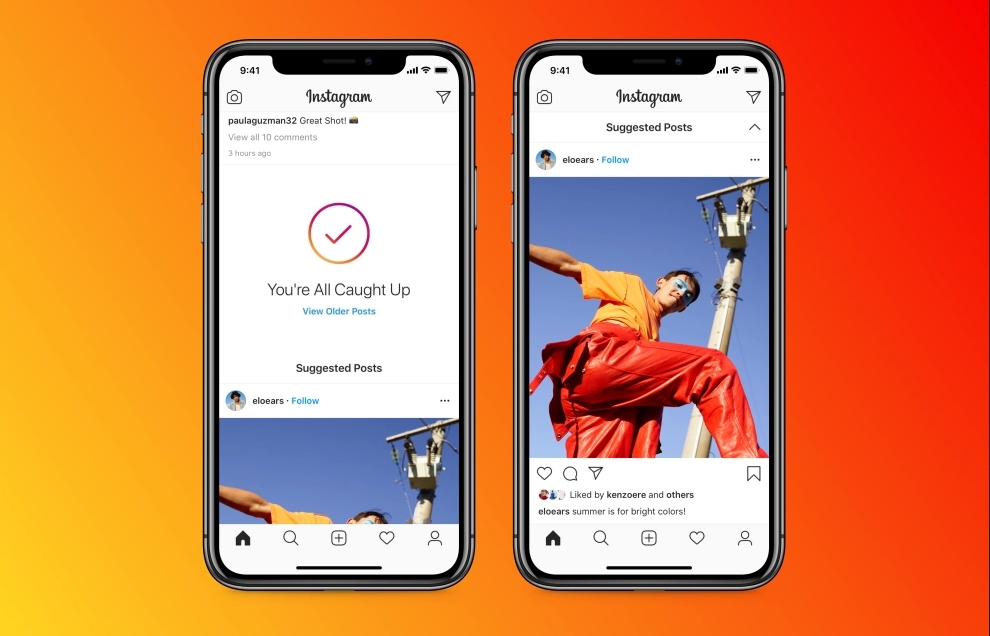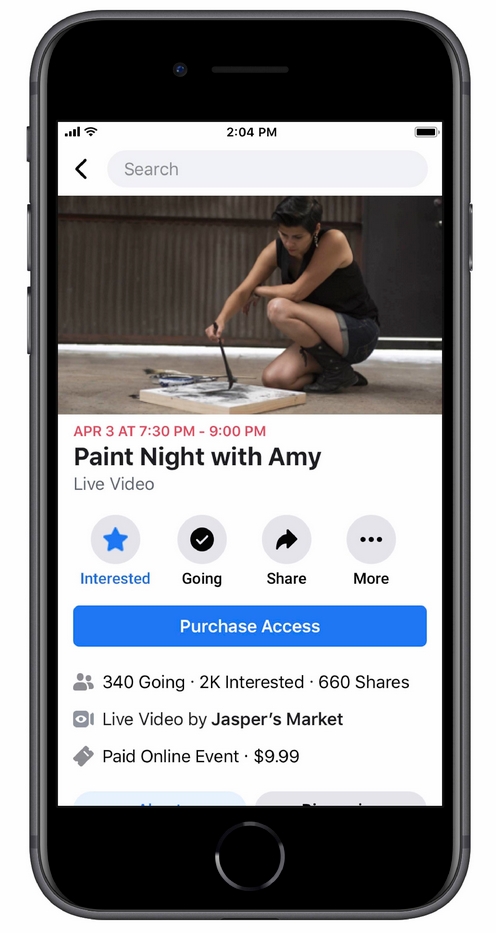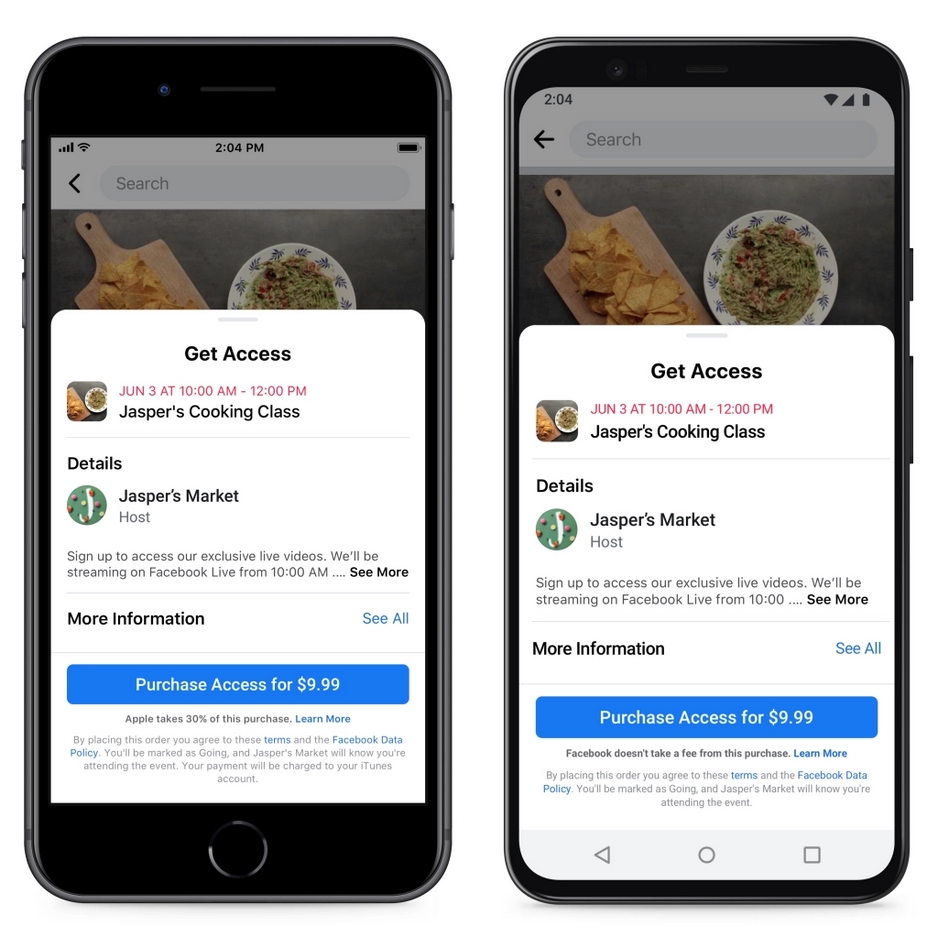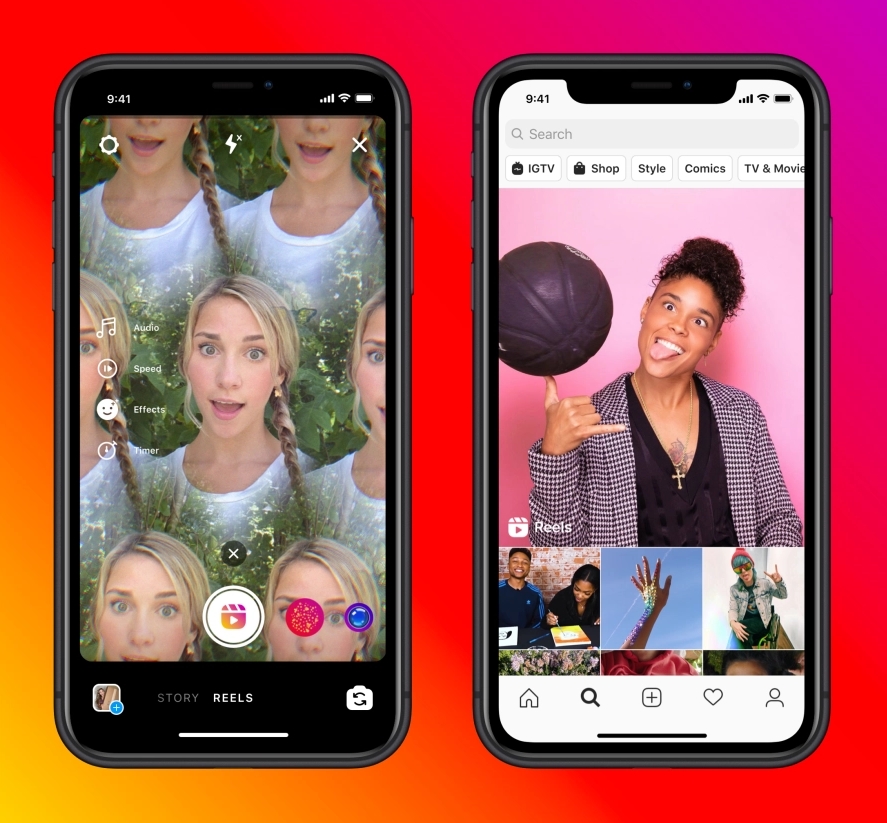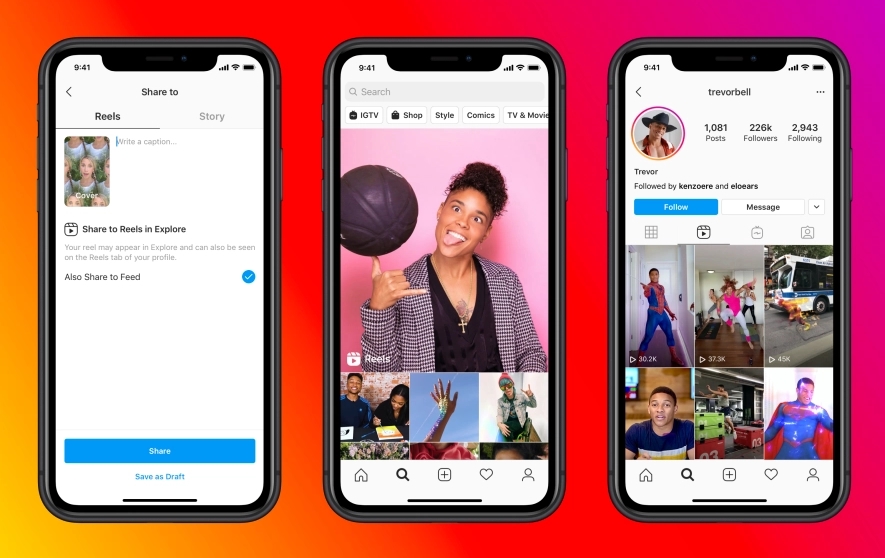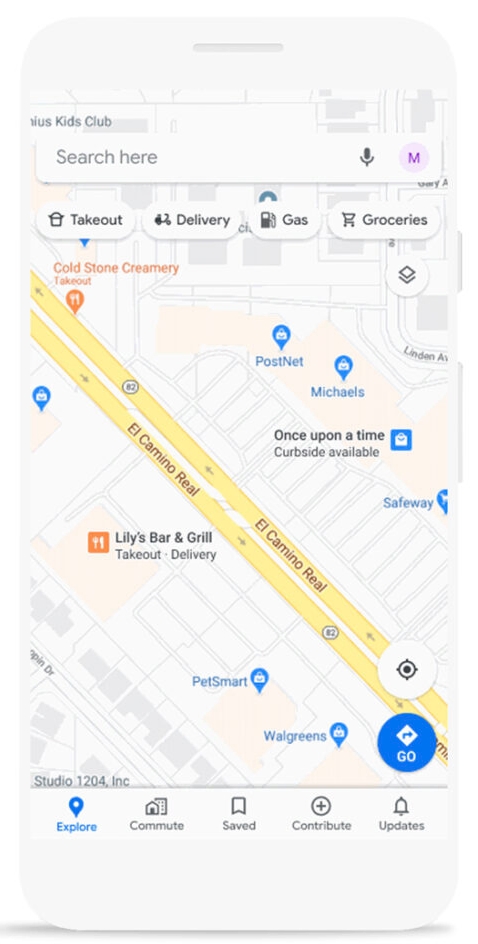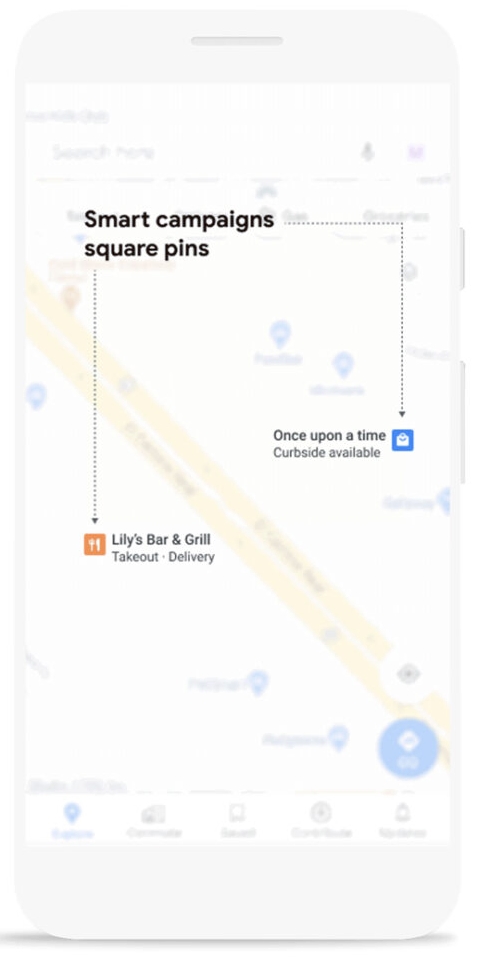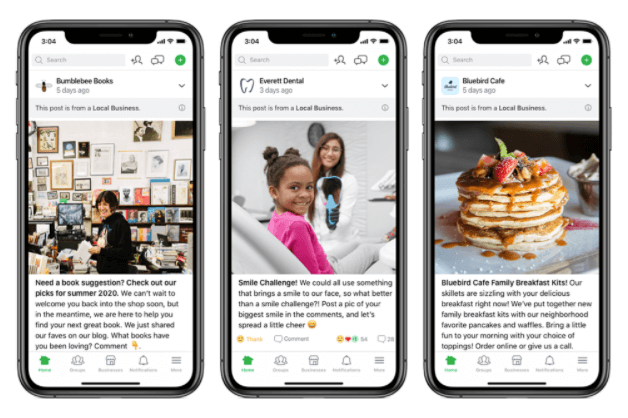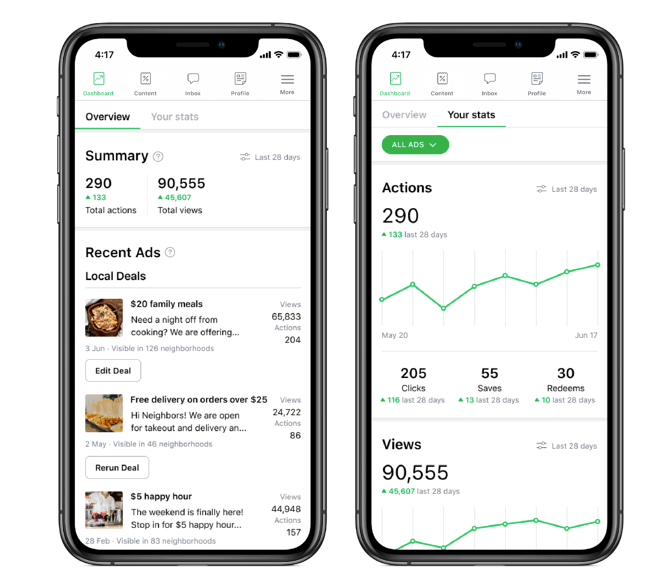LinkedIn is expanding its features to help business owners and employees feel more connected even though they may be working from home.
In the announcement, LinkedIn says people everywhere – especially in the professional world – are feeling less connected to each other during the ongoing pandemic.
The company cites a recent survey from Glint which finds:
- 31% of employees are feeling less connected to business leadership.
- 37% of employees are feeling less connected to teammates.
- 40% of employees feel less connected to their friends.
Combined, these statistics show a startling need for better tools to virtually connect employees, leadership, and even friends during these socially distanced times.
As LinkedIn says:
“With a growing number of organizations announcing that their employees are required to work remotely until 2021, it’s more important than ever for organizations to take action and ensure their teams will thrive in a virtual work environment.”
To assist with this, the social network is adding three new features for LinkedIn pages to better facilitate connections between businesses, their employees, and their communities.
Here are some quick details about the three latest LinkedIn features:
Find Out More About Your Followers
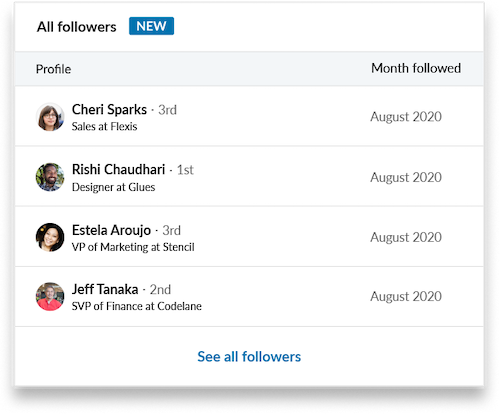
Companies have been oddly unable to see all of their LinkedIn page followers. Instead, the social network has only given businesses an aggregate total of their followers and some broad demographics about these users.
Now, business pages will have access to all publicly available information about their followers. You can even sort and filter these users by their location, industry, and current company.
“This provides the transparency needed to better understand audiences, so organizations can more easily share the right content and build their LinkedIn community around the conversations that matter most.”
Connect With Team Members In The “My Company” Tab
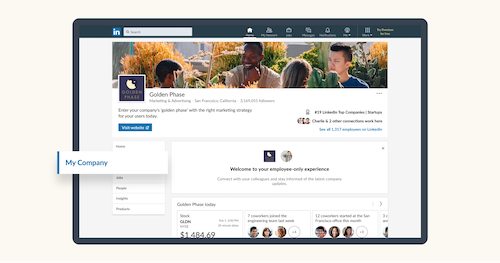
A new “My Company” tab is being launched to facilitate discussion and connection for employees working remotely.
The “My Company” tab includes a range of content and features, including:
- Highlighting employee milestones (promotions, anniversaries, etc.)
- Trending content from coworkers
- Recommendations to connect with coworkers you may not know yet
LinkedIn also says more features will be coming in the future.
However, not everyone will have access to this tab. To be eligible, business pages must have more than 201 employees.
Track Upcoming Events
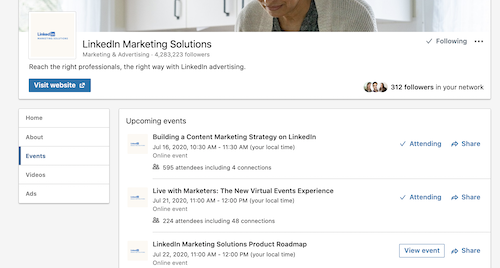
Virtual events have become a major part of staying informed and connected during Covid. Unfortunately, keeping track of all these events across countless platforms isn’t always easy.
Now, LinkedIn is adding an “Events” tab which will automatically collect your page’s past, present, and upcoming events on LinkedIn. This can include everything from a small online panel, webinar, or full-scale virtual conference.
The tab is included in the left-hand navigation menu on LinkedIn, so you can always find the latest events you and your company are participating in.
All these features are available worldwide for all eligible pages.

